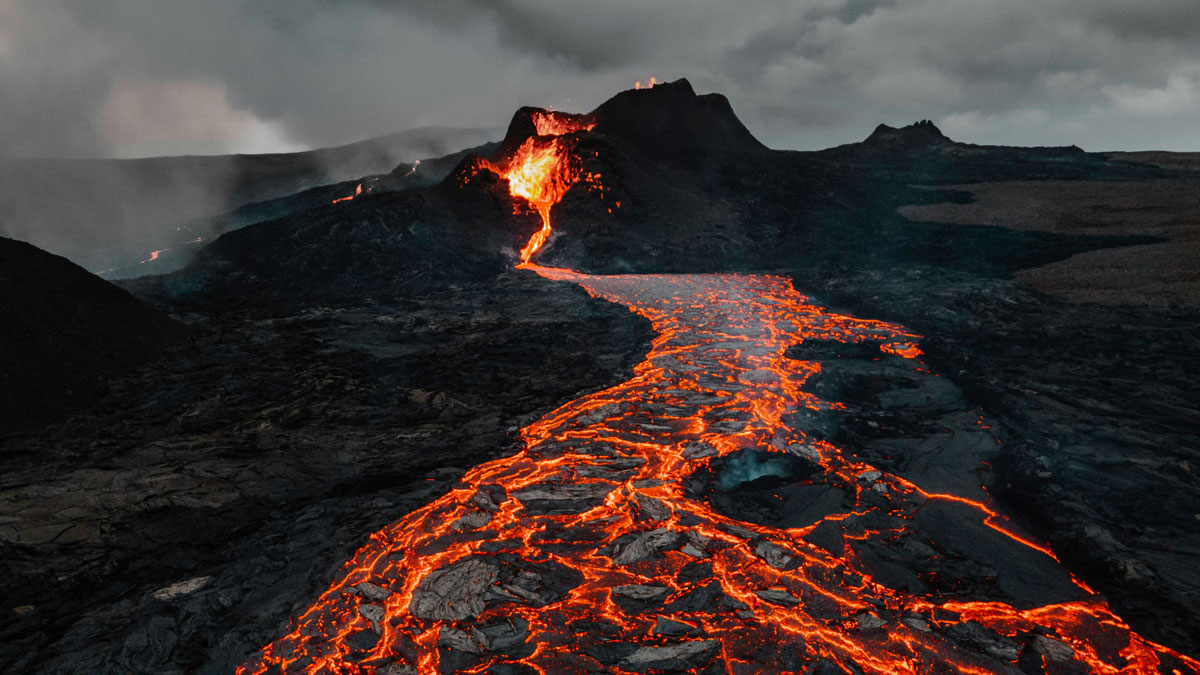Scientists analyzed the course of a recent volcanic eruption in Iceland and found that magma moved at record-high speeds.
In November 2023, increased seismic activity was recorded on the Reykjanes Peninsula, which is why authorities decided to evacuate the town of Grindavik. A series of eruptions followed.
The rate of magma influx into the dam was determined to be 7,400 cubic meters (or three Olympic swimming pools) per second. “This is an incredible eruption speed,” the researchers noted. It was 30 times higher than in previous eruptions.
The lava fountains during the eruption reached a height of 50–80 m, the plume — 3 km. Grindavik also produced a waterfall of tephra, a foamy material formed when lava cools quickly.
Observations showed that the magma could interact with groundwater, leading to explosive activity. The result was a white column of steam that mixed with a dark volcanic plume.
Let us remind you that the Icelandic authorities announced the end of the next volcanic eruption on February 10. The volcano is explored using a quadcopter.

